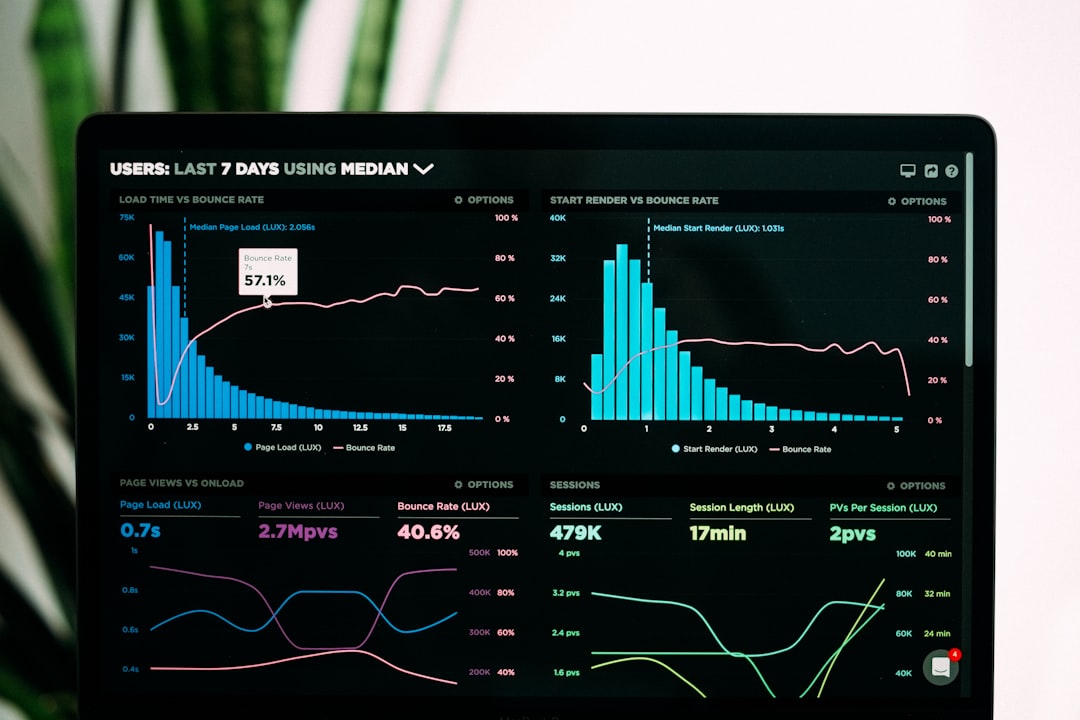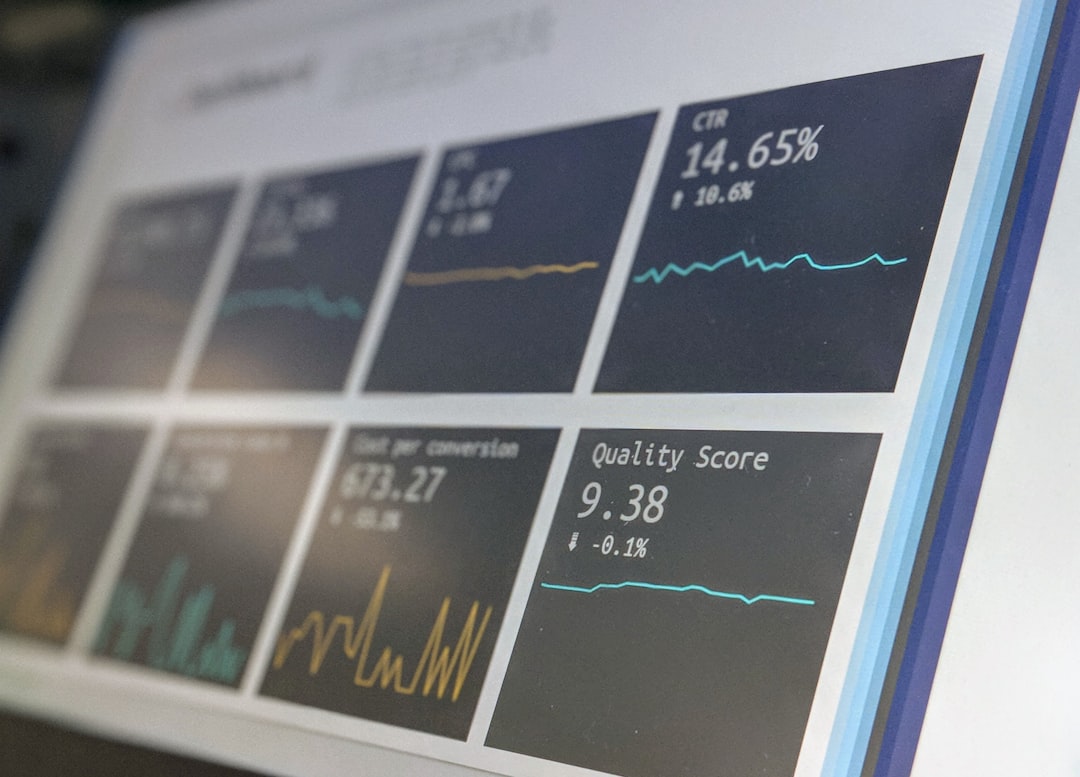
How to Budget for Economic Projects: A Comprehensive Guide.
# Introduction. Budgeting for economic projects is crucial for ensuring that resources are allocated efficiently and effectively, aiding in the achievement of project goals. As economic conditions fluctuate and resources become limited, the importance of a well-structured budget cannot be overstated. This guide aims to equip you with the skills and knowledge to budget effectively for economic projects. # Understanding Budgeting Basics. Before diving into the specifics of budgeting for economic projects, it's essential to understand what budgeting entails. A budget is a financial plan that outlines expected revenues and expenditures over a specific period. In economic projects, this means forecasting costs while accounting for potential revenue streams. By understanding the basic principles of budgeting, you can lay a solid groundwork for further development. # Determine Project Scope and Objectives. The first step in budgeting for any economic project is to clearly define its scope and objectives. Understanding what you aim to achieve informs how much funding you’ll need. Discuss with stakeholders to capture their expectations and outline measurable goals. This definition will not only help clarify budget requirements but will also drive the project's strategic direction. # Identify Cost Components. Once the project scope is defined, the next step is to identify all cost components. Economic projects often incur direct costs such as labor, materials, and equipment, alongside indirect costs such as administrative overheads. It’s essential to consider variable costs that can change based on project scale and fixed costs that remain constant regardless of project progress. A well-structured list of cost components allows for a clearer understanding of total funding needs. # Estimate Funding Requirements. With all cost components identified, you can start estimating the total funding needed for the project. Use various estimation techniques, such as expert judgment, analogous estimating (using data from similar past projects), and parametric estimating (using statistical relationships between variables). It's vital to err on the side of caution and build in contingencies to account for any unexpected costs. # Prioritize Expenditures. In many instances, the funds available may not cover all identified costs. In such cases, you must prioritize expenditures based on project objectives. Differentiate between 'must-have' items necessary for project completion and 'nice-to-have' items that may enhance the project but are not essential. This prioritization will help streamline the budget and focus on elements that deliver the most significant impact. # Explore Funding Sources. Understanding where to source your funds is just as important as budgeting itself. Various funding sources might be available for economic projects, including government grants, private investors, loans, and crowdfunding platforms. Each funding source comes with its implications in terms of payback periods, interest rates, and project ownership. Understanding these nuances can impact your overall budgeting strategy. # Monitor and Review the Budget. Once the budget is established and the project is underway, continual monitoring and reviewing is vital. Economic conditions can change, leading to fluctuations in costs or funding availability. Regular budget reviews help in identifying potential issues early on, allowing for adjustments to mitigate risks and stay on track. This iterative process is crucial in maintaining financial control and ensuring project objectives are met within budget limits. # Conclusion. Budgeting for economic projects is a multifaceted process that requires careful planning, precise forecasting, and continuous monitoring. By understanding the foundational principles of budgeting, defining project parameters, accurately estimating costs, and being ready to adjust as necessary, you can increase your chances of project success. With a well-structured budget, your economic project can transform from an idea into a reality, driving positive outcomes and benefiting the broader economy. .









